Growing up as a boomer was a completely different experience from what kids have today. There were no smartphones, no internet, and certainly no streaming services to keep us entertained. Instead, we had to make our own fun, navigate the world without GPS, and learn life lessons the hard way. The experiences we had shaped us in ways that are almost impossible to explain to younger generations. Some were fun, some were frustrating, and some were just plain dangerous, but they all built character. Here are 15 childhood experiences that kids today will never understand.
1. Saturday Morning Cartoons Were an Event

There was no Disney+ or Netflix to stream cartoons whenever we wanted. If we wanted to watch our favorite animated shows, we had to wake up early on Saturday mornings and claim the best spot in front of the TV. The anticipation of waiting all week for new episodes of Scooby-Doo, Looney Tunes, or Super Friends made them feel even more special.
There were no pause buttons, and if you missed an episode, you had to wait for reruns—if they ever came. Commercials were just part of the experience, and sometimes, the best part of Saturday morning was seeing what new toy was being advertised. Today’s kids can watch whatever they want on demand, but they’ll never know the joy (and the heartbreak) of racing downstairs only to find that your little brother beat you to the TV.
2. Drinking Out of the Hose
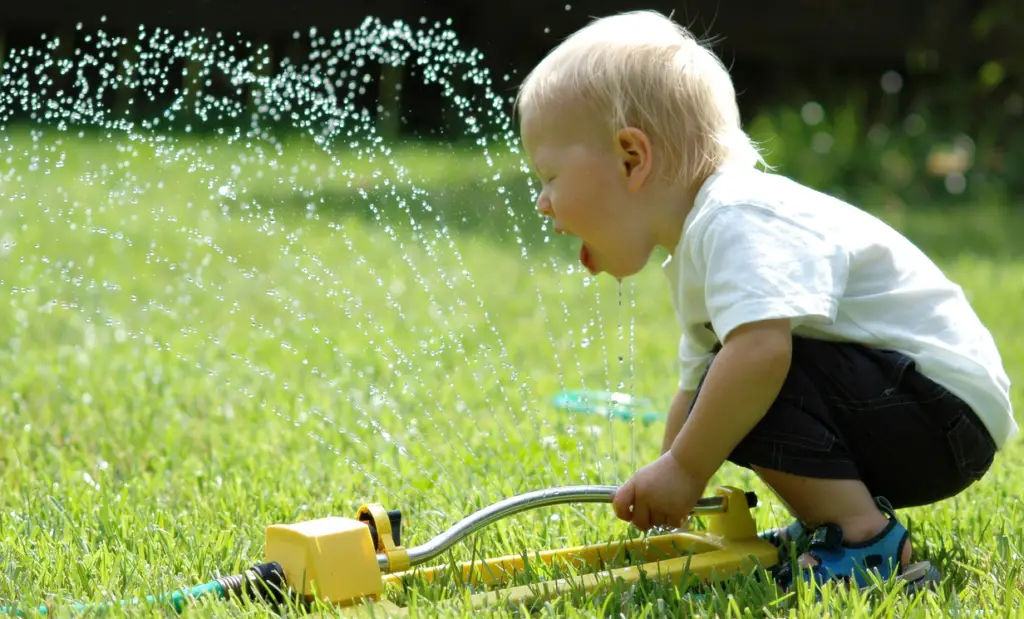
On hot summer days, nothing was more refreshing than drinking straight from the garden hose. The water was always just a little too warm at first, but after a few seconds, it turned crisp and cool. It had that distinct rubbery taste, and we didn’t care—hydration was hydration.
Nobody carried around fancy water bottles or worried about filtration. If you were thirsty and playing outside, you found the nearest hose and took a drink. It was just what kids did. Today’s kids wouldn’t dream of drinking water that wasn’t triple-filtered, but we survived just fine.
3. Riding in the Back of a Station Wagon (With No Seatbelt)
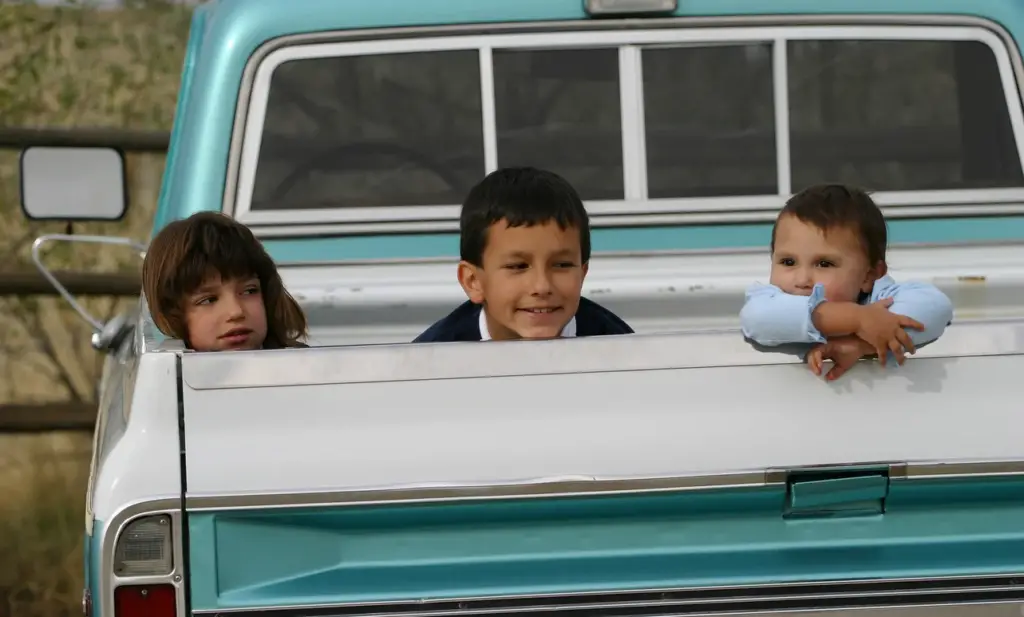
Seatbelt laws weren’t as strict back then, and if you had a station wagon, chances are you spent a lot of time rolling around in the way back with no seatbelt in sight. Some station wagons even had those rear-facing seats, where you’d stare at traffic behind you like you were on a rollercoaster.
Road trips felt like an adventure, and nobody worried about crash tests or car safety ratings. We’d stretch out, build forts with blankets, and even take naps while the car zipped down the highway. Today, kids are strapped into booster seats until they’re practically teenagers, and the idea of riding unbuckled in a moving car would give parents a heart attack.
4. Making Plans Without a Phone
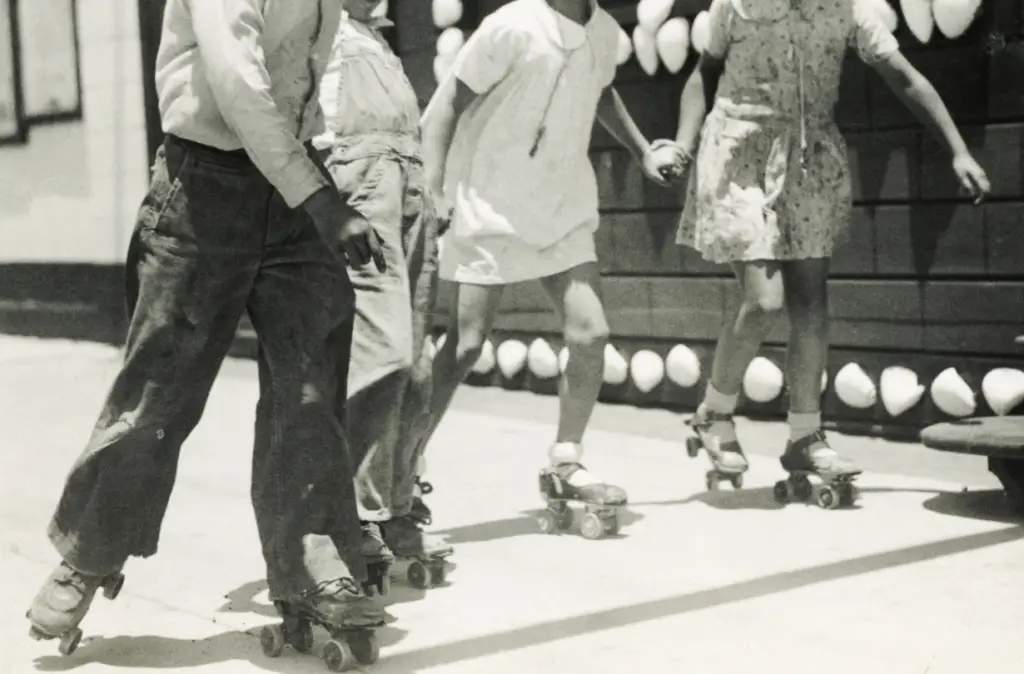
If you wanted to meet up with your friends, you had to plan ahead. There was no texting or calling at the last minute. You’d tell your friend, “Meet me at the park at 3:00,” and you both just had to trust that you’d show up.
If something changed and your friend couldn’t make it, too bad—you didn’t find out until you were already there. Sometimes you’d wait for half an hour, wondering if they were on their way or if they forgot. Today, kids can coordinate every step of their plans with a quick message, but back then, we had to rely on good old-fashioned trust and timing.
5. The Freedom to Roam All Day
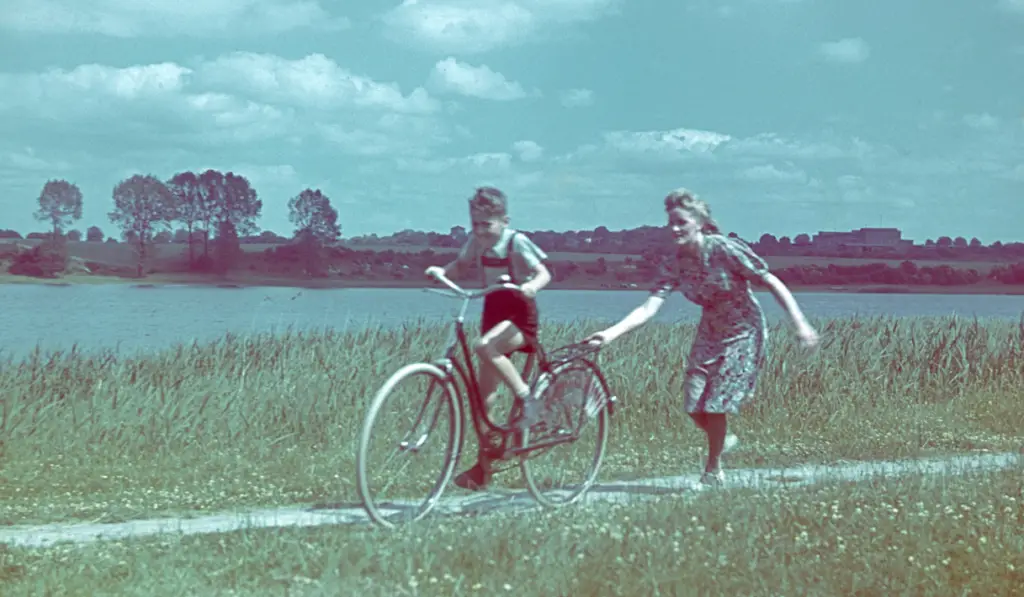
During summer vacation, we’d leave the house in the morning and not come back until dinner. There were no check-in texts, no GPS trackers—just a general understanding that as long as we were home before dark, everything was fine.
We rode bikes for miles, explored creeks, climbed trees, and found new shortcuts through the neighborhood. The world felt huge, and every day was an adventure. Today, kids rarely leave their parents’ sight, and the idea of wandering around all day with no supervision sounds like a lost concept.
6. Using a Payphone When You Were in Trouble
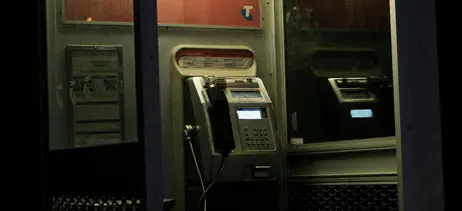
If you needed to call home and weren’t near a landline, you had to find a payphone. That meant digging through your pockets for a dime (or later, a quarter) or calling collect and hoping your parents accepted the charges.
Sometimes, if you were low on money, you’d use the classic trick of calling collect and saying your name as “PickMeUpAtTheMall” before your parents had to pay. It was a system that worked, but today’s kids wouldn’t even know where to find a payphone, let alone how to use one.
7. TV Stations Actually Signed Off for the Night

At a certain hour, TV just… stopped. After the late-night news, most stations would play the national anthem, then switch to static or a test pattern until the next morning. That meant no infomercials, no 3 AM binge-watching, and no 24-hour cartoons.
If you couldn’t sleep, your only options were reading a book, listening to the radio, or staring at that eerie color bar screen while a monotone hum played in the background. Today, entertainment is endless, and kids will never know the feeling of realizing there’s absolutely nothing on TV.
8. Playing with Lawn Darts (and Other Dangerous Toys)
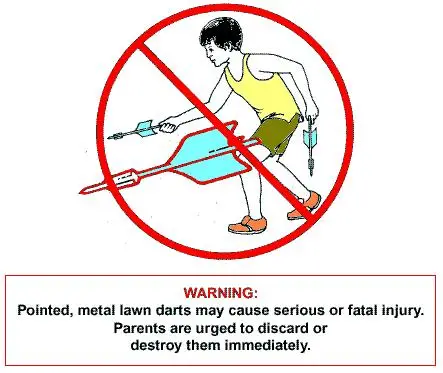
Lawn darts, or “Jarts,” were essentially sharp metal spears that we threw across the yard at plastic rings. Somehow, nobody thought this was a bad idea until too many kids ended up in the hospital.
Along with lawn darts, we had toys like wood-burning kits, BB guns, and chemistry sets that could actually cause explosions. They don’t make toys like that anymore—for good reason—but they sure made childhood interesting.
9. The Thrill of Getting Film Developed
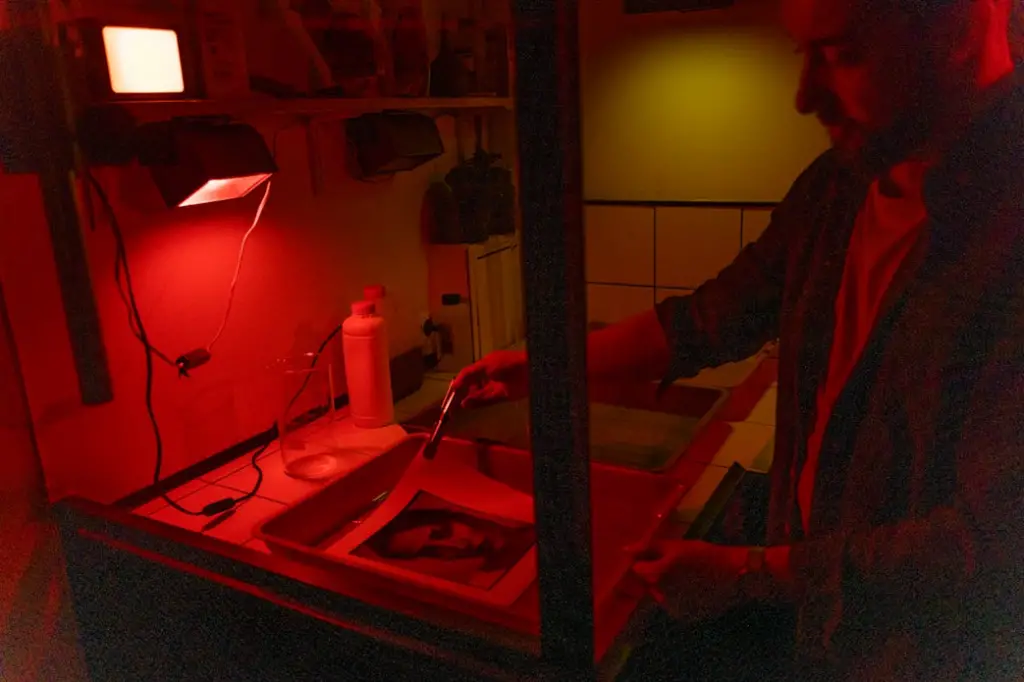
Before digital cameras and smartphones, every photo was a mystery until you got it developed. You’d drop off a roll of film at the store, wait a week, and hope that at least some of the pictures turned out decent.
There was no deleting bad shots or taking a dozen selfies to get the right angle. Whatever you captured was what you got, and blurry, thumb-covered, or overexposed photos were just part of the deal.
10. Watching the Needle Drop on a Record Player
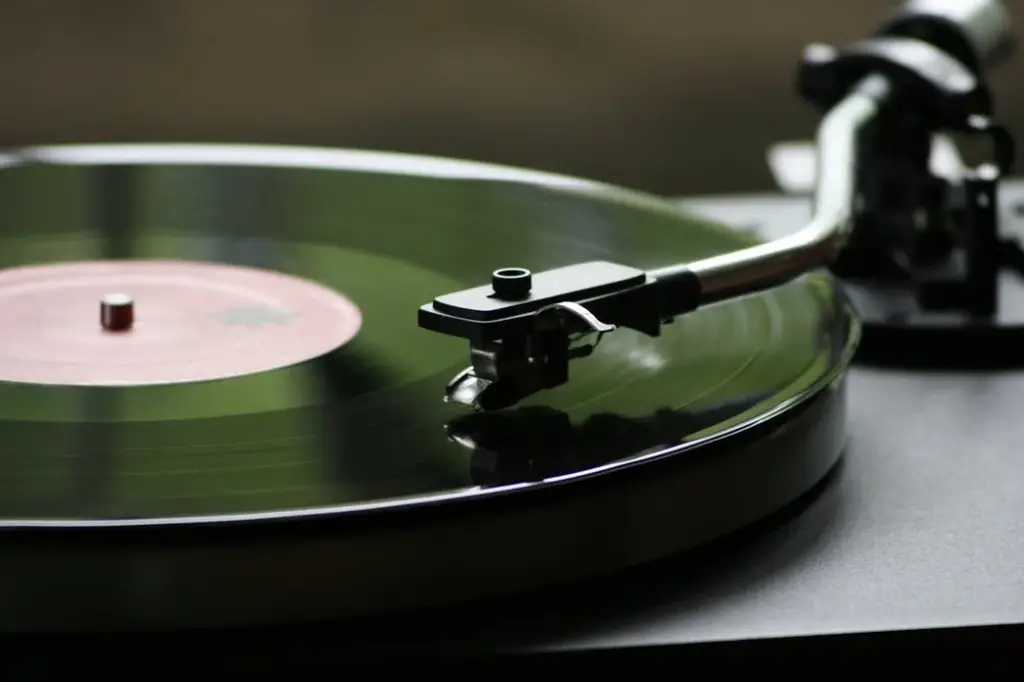
Before streaming or CDs, listening to music meant carefully placing a needle on a record and hoping it didn’t skip. There was something special about the crackle before the song started, and flipping the record over was just part of the experience.
11. Writing Notes and Passing Them in Class
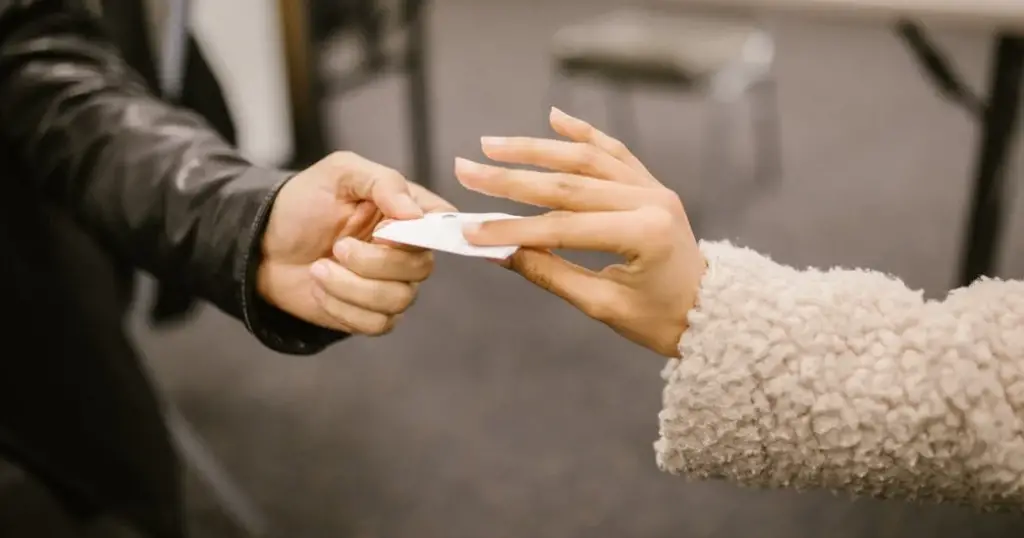
Before texting made instant communication effortless, students had to rely on handwritten notes to pass secret messages in class. This wasn’t just a casual exchange—it was an art form. You had to fold the note in just the right way, either into a tiny square or some intricate origami-like shape, to make it discreet. The challenge was getting it to the intended recipient without the teacher noticing, which often involved passing it through multiple people like a well-coordinated heist. If you got caught, you risked having the teacher read it out loud in front of the whole class, which was a nightmare scenario if it contained anything embarrassing.
Notes weren’t just simple messages—they were packed with personality. Some were decorated with doodles, song lyrics, or little inside jokes that made them feel more personal. Friends used them to gossip, make weekend plans, or flirt in a way that felt thrilling and secretive. Some kids even had entire conversations back and forth on the same piece of paper, folding and refolding it until it was practically falling apart. Unlike a text message that disappears with a swipe, these notes were keepsakes, stuffed into lockers, backpacks, and shoeboxes as little time capsules of friendships and crushes. Today’s kids may have instant messaging at their fingertips, but they’ll never know the excitement of unfolding a note in the middle of class, reading a friend’s scrawled handwriting, and deciding how to sneakily pass one back without getting caught.
12. Blowing into a Nintendo Cartridge to Make It Work
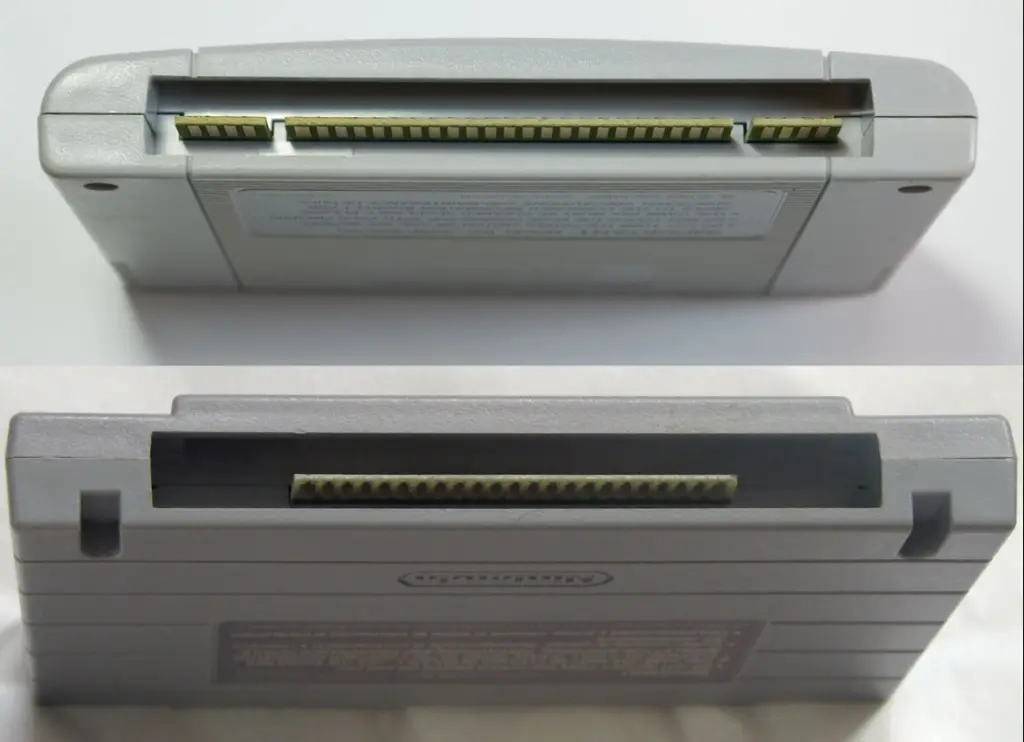
Anyone who grew up with an original Nintendo Entertainment System (NES) knows the frustration of inserting a game cartridge, turning on the console, and seeing nothing but a flashing screen. But every kid also knew the “fix”—you’d yank the cartridge out, blow into it like you were performing CPR, and then slam it back in, hoping for the best. It was practically a sacred ritual, passed down from one frustrated gamer to another. Somehow, the simple act of blowing into the cartridge felt like a miracle cure, even if it was based more on belief than actual science.
The truth is, blowing into the cartridge probably didn’t help and might have even made things worse by introducing moisture and dust. But back then, it was all we had. There was no internet to look up troubleshooting guides, no official Nintendo repair hotline we could call, and definitely no easy updates or patches. If a game didn’t work, you either kept blowing until it did, or you resorted to shaking the cartridge, tapping it against your palm, or trying some other homegrown fix. When the game finally loaded, it felt like a victory, as if your effort had somehow revived the cartridge from the brink of death. Today’s kids have digital downloads and cloud-based gaming, where nothing ever really “breaks,” but they’ll never know the intense joy of seeing that glitchy screen finally give way to the opening level of Super Mario Bros. after a few desperate puffs of air.
13. Looking Up Phone Numbers in the White Pages
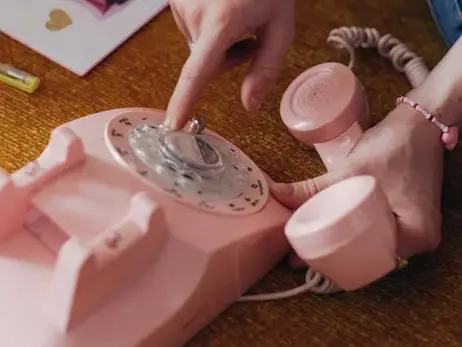
If you needed someone’s number, you had to grab the phone book and flip through pages of tiny text.
Boomer childhoods were filled with moments that required patience, creativity, and a little bit of risk. While kids today have conveniences we never could have imagined, there’s something special about the way we grew up. It wasn’t always easy, but it sure was memorable.
Growing up as a boomer meant experiencing a world that was a little less connected but a whole lot more adventurous. We didn’t have the convenience of instant communication or the safety of constant supervision, but we had freedom, creativity, and the ability to navigate life without a screen in front of us. Every outing was an adventure, every plan required trust, and every memory was built in the real world, not a digital one. While kids today have access to more entertainment and technology than we ever imagined, they’ll never know the thrill of waiting all week for a Saturday morning cartoon, the patience of rewinding a cassette tape, or the simple joy of riding bikes with no set destination. Our childhoods may seem outdated by today’s standards, but they gave us independence, resilience, and stories that will last a lifetime.


